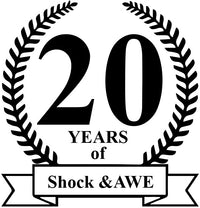06:11
Continued from A1...
The early 1980s recession was a severe economic recession that affected much of the world between approximately the start of 1980 and early 1983. It is widely considered to have been the most severe recession since World War II. A key event leading to the recession was the 1979 energy crisis, mostly caused by the Iranian Revolution which caused a disruption to the global oil supply, which saw oil prices rising sharply in 1979 and early 1980. The sharp rise in oil prices pushed the already high rates of inflation in several major advanced countries to new double-digit highs, with countries such as the United States, Canada, West Germany, Italy, the United Kingdom and Japan tightening their monetary policies by increasing interest rates in order to control the inflation. These G7 countries each, in fact, had "double-dip" recessions involving short declines in economic output in parts of 1980 followed by a short period of expansion, in turn followed by a steeper, longer period of economic contraction starting sometime in 1981 and ending in the last half of 1982 or in early 1983. Most of these countries experienced stagflation, a situation of both high interest rates and high unemployment rates.
Globally, while some countries experienced downturns in economic output in 1980 and/or 1981, the broadest and sharpest worldwide decline of economic activity and the largest increase in unemployment was in 1982, with the World Bank naming the recession the "global recession of 1982." Even after major economies, such as the United States and Japan exited the recession relatively early, many countries were in recession into 1983 and high unemployment would continue to affect most OECD nations until at least 1985. Long-term effects of the early 1980s recession contributed to the Latin American debt crisis, long-lasting slowdowns in the Caribbean and Sub-Saharan African countries, the US savings and loans crisis, and a general adoption of neoliberal economic policies throughout the 1980s and 1990s.
